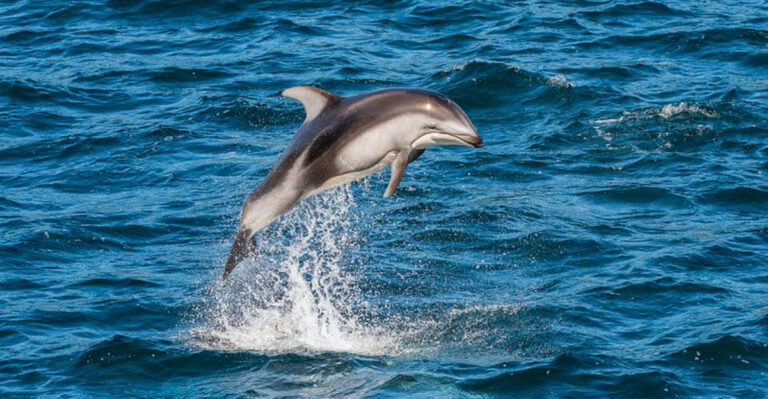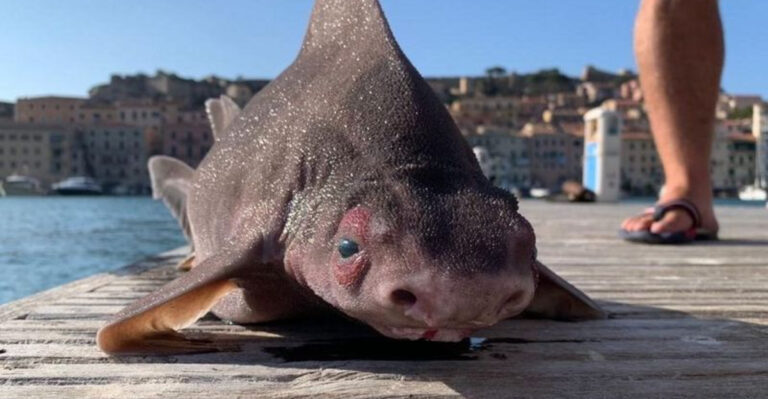100 Million-Year-Old Fossil Of Ancient Squids That Ruled Open Oceans Found
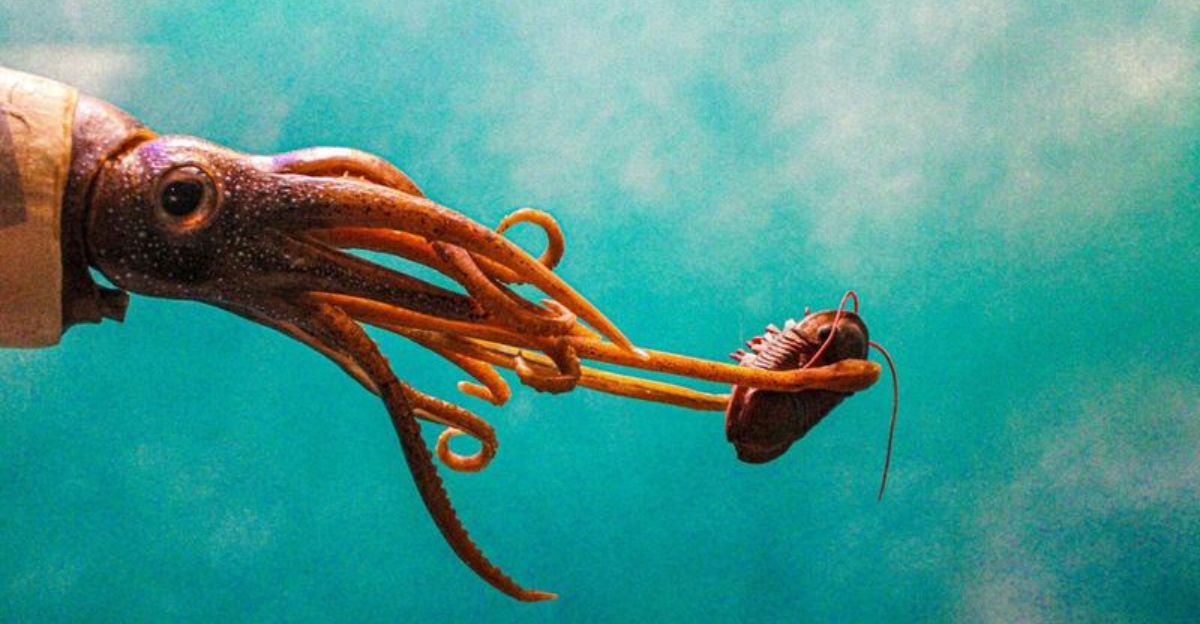
Imagine ocean predators from 100 million years ago, swimming freely through prehistoric seas. Scientists recently uncovered remarkable squid fossils that reveal a hidden chapter in Earth’s history.
These ancient cephalopods once dominated marine ecosystems during the Cretaceous period, giving us fascinating clues about how today’s ocean creatures evolved from their powerful ancestors.
The Discovery Of 100 Million-Year-Old Squid Fossils
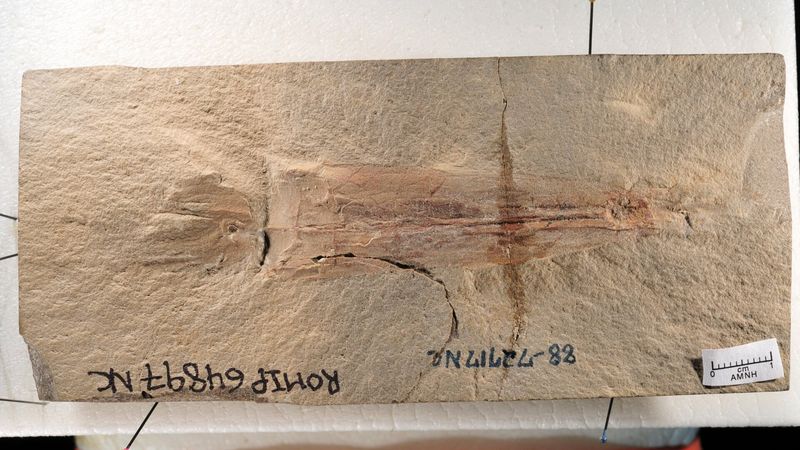
Buried beneath layers of sediment, these extraordinary squid remains waited silently for millions of years. Paleontologists stumbled upon the collection during a routine excavation that quickly turned into a groundbreaking find.
The fossils were preserved in remarkable detail, showing soft tissue impressions rarely seen in specimens this ancient. Even the squids’ ink sacs remained intact, offering unprecedented insights into prehistoric marine life.
How Ancient Squids Dominated The Oceans During The Cretaceous Period
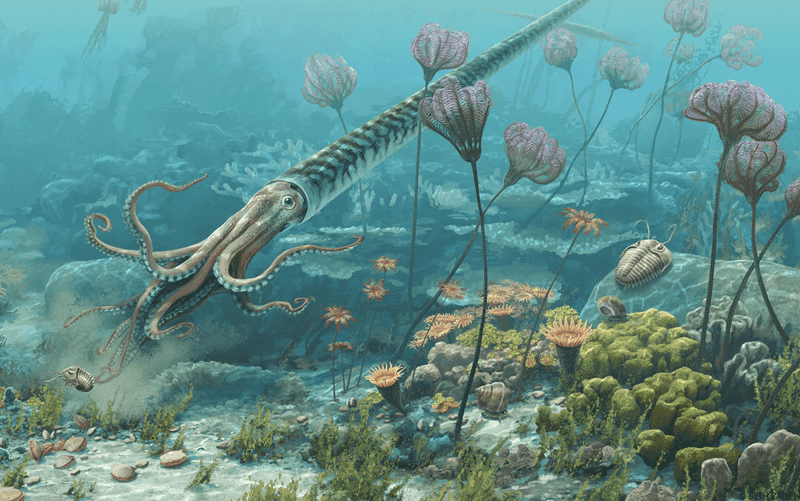
Swift hunters with powerful tentacles, these prehistoric squids ruled the ancient seas through superior adaptation. Their streamlined bodies allowed them to outswim most competitors while their keen vision helped track prey across vast oceanic expanses.
Unlike modern squids that typically reach modest sizes, some of these ancient species grew to monstrous proportions. Fossil evidence suggests they occupied various ecological niches, from shallow coastal waters to the mysterious depths of prehistoric oceans.
The Significance Of Finding 40 Previously Unknown Squid Species
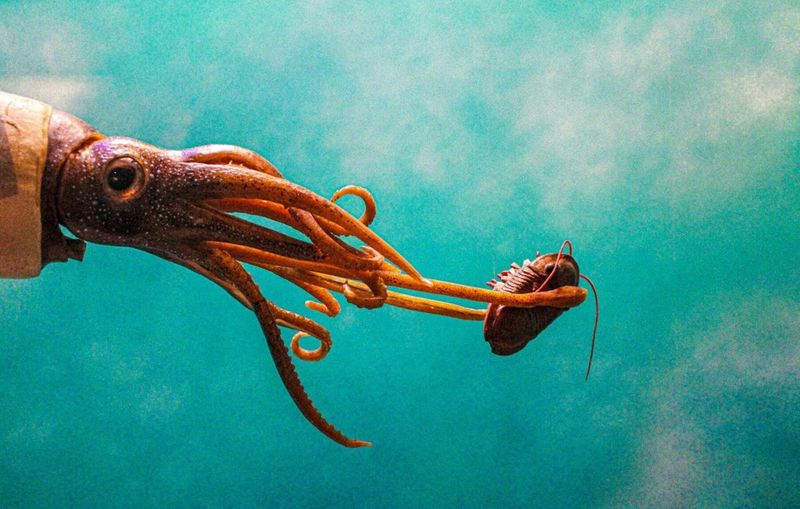
Forty new species in one discovery shattered scientists’ previous understanding of cephalopod diversity. This unexpected variety suggests ancient oceans teemed with specialized squid types, each adapted to different hunting strategies and habitats.
Evolutionary biologists are particularly excited because this finding fills crucial gaps in the squid family tree. The sheer number of new species indicates that squids experienced a remarkable evolutionary explosion during this period, diversifying rapidly to exploit available ecological opportunities.
Advanced Techniques Used To Uncover Fossils Without Damaging Them

X-ray microtomography allowed scientists to peer inside rock formations without cracking them open. This non-destructive technique creates detailed 3D models of fossils hidden within solid stone, preserving delicate structures that might otherwise be lost forever.
Chemical analysis of surrounding sediments provided crucial context about the ancient environment. Researchers also employed specialized lighting techniques that revealed ink patterns and subtle anatomical features invisible to the naked eye, transforming our understanding of these prehistoric creatures.
Their Role In Prehistoric Marine Ecosystems
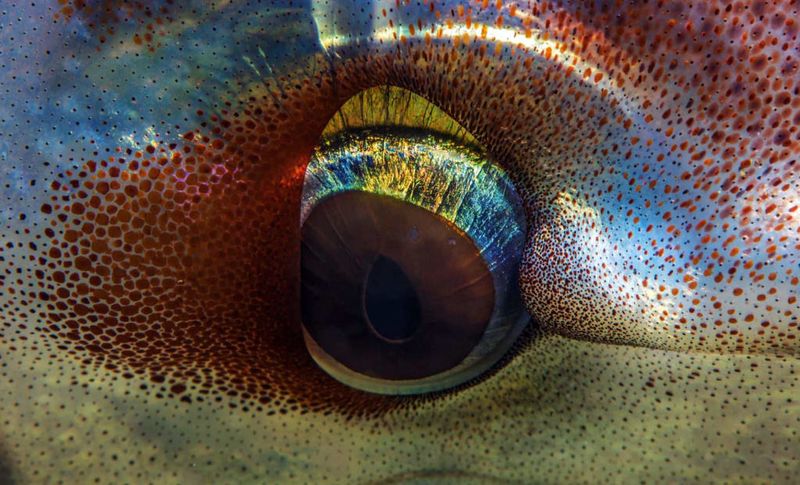
Armed with lightning-fast tentacles and razor-sharp beaks, ancient squids were formidable hunters in prehistoric seas. Stomach content analysis from the fossils reveals they consumed everything from small fish to other cephalopods, positioning them as mid-to-top level predators.
Their hunting prowess helped maintain ecological balance by controlling populations of smaller marine creatures. Evidence suggests they hunted in various ways—some chased prey actively while others may have ambushed victims from hiding spots, showing sophisticated hunting behaviors evolved early in cephalopod history.
Understanding The Evolution Of Modern Squid Groups
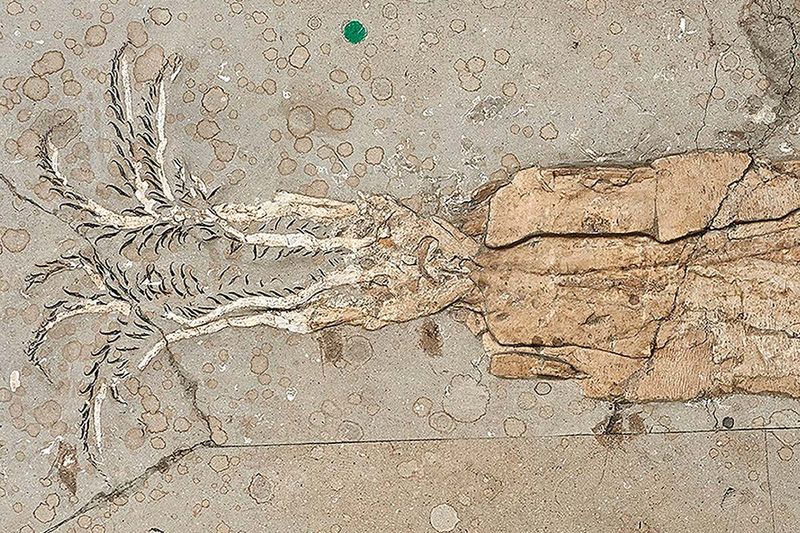
Modern squid families trace their ancestry directly to these 100-million-year-old specimens. Anatomical comparisons reveal striking similarities in basic body structure, though ancient varieties typically had thicker shells for protection—a feature gradually lost over millions of years of evolution.
Genetic research comparing modern squids with protein fragments recovered from fossils suggests remarkably stable DNA across eons. The discovery provides a crucial evolutionary snapshot, showing exactly when certain adaptations appeared and how they’ve been refined through countless generations to create today’s ocean dwellers.
The Diversity And Abundance Of Squid Fossils In Prehistoric Oceans
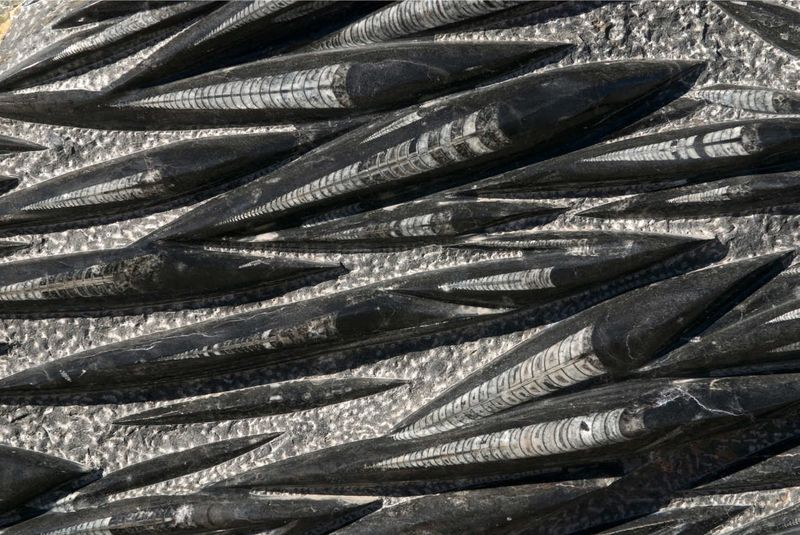
Scattered across ancient seabeds, squid fossils appear in surprising numbers and varieties. Their abundance suggests they weren’t rare creatures but instead formed massive populations that thrived throughout the world’s oceans.
Fossil beds reveal squid remains from polar regions to tropical seas, proving their remarkable adaptability. Particularly fascinating are mass mortality sites where hundreds of specimens died simultaneously—possibly from volcanic eruptions, sudden temperature changes, or toxic algal blooms that affected entire squid populations, creating extraordinary fossil preservation conditions.
The Evolutionary Connection Between Ancient Squids And Modern Cephalopods
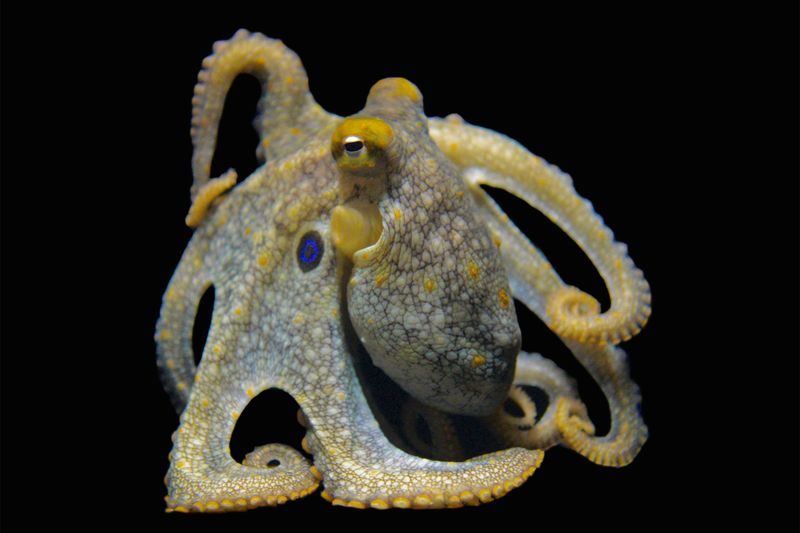
Family reunions would look interesting if today’s octopuses, cuttlefish, and squids met their ancient relatives! These fossils reveal the common ancestor that spawned today’s diverse cephalopod groups.
Scientists have identified primitive features that later evolved into the specialized adaptations we see in modern species. The discovery shows how ancient squids’ chromatophore systems—used for changing color—were already surprisingly sophisticated. This suggests complex communication and camouflage behaviors existed long before humans walked the Earth, highlighting nature’s remarkable evolutionary consistency.
What This Discovery Tells Us About The Prehistoric Marine Food Chain
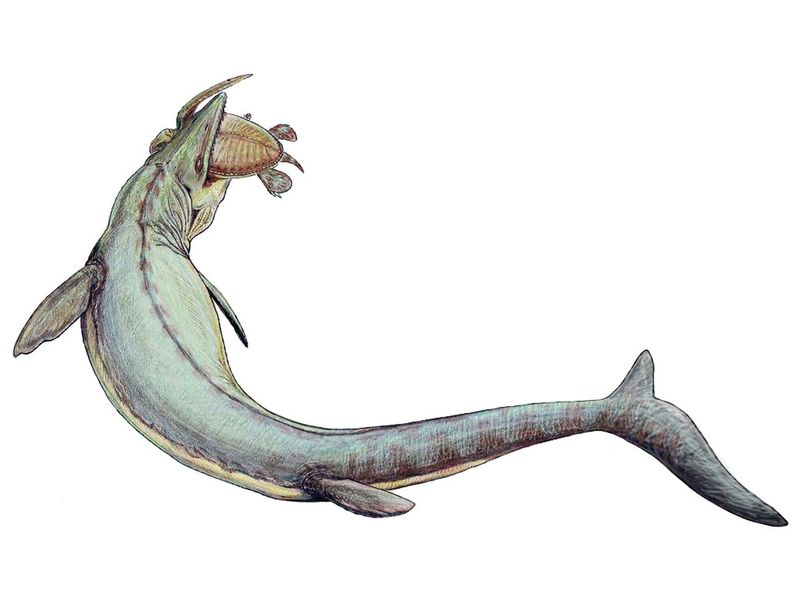
Ancient oceans operated with surprisingly similar food web dynamics to today’s seas. These squid fossils reveal a complex ecosystem where cephalopods served as both predators and prey, creating crucial energy transfer between trophic levels.
Microscopic analysis of fossilized squid beaks shows wear patterns indicating what they ate. Meanwhile, bite marks on squid remains tell us which larger predators—likely prehistoric sharks and marine reptiles—hunted them. This discovery completes missing puzzle pieces in our understanding of how energy flowed through ancient oceans.


